Bwindi impenetrable national park
Bwindi Impenetrable Forest National Park, a prominent safari destination in Uganda, is situated in the southwestern region of the country. The park is characterized by dense vegetation, as its name implies. Each day, as tourists embark on the renowned gorilla trekking expedition, ranger guides must clear undergrowth to provide a path for trackers to reach the location where the gorillas nested the night before. The African jungle is authentically preserved, with sunlight filtering through the dense forest canopy, creating a paradise-like atmosphere devoid of any pollution typically found in our everyday surroundings. The user’s text is concise and straightforward.
Bwindi Impenetrable Forest was designated as a UNESCO World Heritage site in 1994 due to its abundant variety of plant and animal species, as well as its status as the habitat for 50% of the world’s remaining mountain gorillas. The park has a total area of 321 square kilometers, entirely consisting of forested land, with certain sections being occupied by bamboo and shrubs. The forest is situated on precipitous and treacherous valleys with crests and peak summits. The temperature in Bwindi is cold due to the dense canopy. It is recommended that you bring warm clothing for the evenings and long-sleeved shirts and trousers for trekking. In order to fully enjoy the experience of trekking mountain gorillas or exploring birds, butterflies, or bushes, it is essential to have a high level of physical fitness to navigate the challenging terrain. The location is situated at an elevation ranging from 1160 meters to 2607 meters above sea level.
Bwindi impenetrable national park location
Bwindi Impenetrable National Park is situated in the southwestern region of Uganda. Bwindi is situated in the Gorilla Highlands, a location characterized by its lush slopes near Kigezi. The park spans over three districts: Kanungu, Rubanda, and Kisoro District. The park is situated at an invigorating elevation of 1900m and is positioned in an area between Ishasha and the northern part of Kisoro. The park extends in an eastward direction from the Albertine Rift Escarpment and spans an area of more than 331 square kilometers.The park is situated adjacent to the borders of Rwanda and Congo. The impenetrable forest is situated in the fertile and attractive highlands, which are often considered to be one of the most picturesque regions in Uganda. The region is distinguished by its steep slopes adorned with terraced farming, vast azure lakes, and majestic mountains that dominate the Virunga Region. The park has an area of 331 square km. The park is located in the districts of Kanungu, Rubanda, Kabale, and Kisoro. The closest towns are Kanungu or Kihihi to the north (Buhoma), Kisoro to the south, and Kabale to the east.
Activities At bwindi impenetrable national park
Gorilla trekking experience
This activity is ranked as the first among the top 8 activities in Bwindi Impenetrable National Park. Gorilla trekking in Uganda has become a popular attraction for travelers worldwide. It is safe to say that nearly every traveler that visits Uganda includes gorilla trekking in their vacation plans. Acquiring a gorilla permit for $800 starting from July 2024 is necessary to participate in gorilla trekking in Bwindi Impenetrable National Park. This activity involves hiking through the dense forest to locate the endangered mountain gorillas, with the assistance of rangers, guides, and trackers. Bwindi Impenetrable National Park is home to 20 gorilla families that have been accustomed to human presence, making it possible for travelers to observe and follow them. These gorilla groups are distributed throughout four distinct sectors within the park. The Buhoma gorilla sector, located in the northern part of the park, is home to 4 habituated gorilla families. The Ruhija gorilla sector, situated in the eastern part of the park, also has 4 habituated gorilla families. In the southern part of the park, the Nkuringo gorilla sector is home to 3 gorilla families, while the Rushaga gorilla sector, also in the south, has 8 habituated gorilla families. To acquire a gorilla permit, it is necessary to schedule at least 3 months in advance due to the high demand.
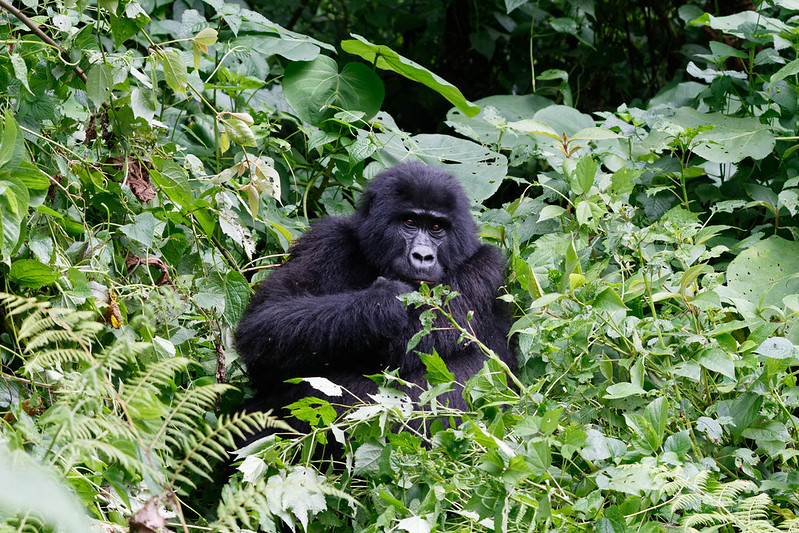
Gorilla Habituation
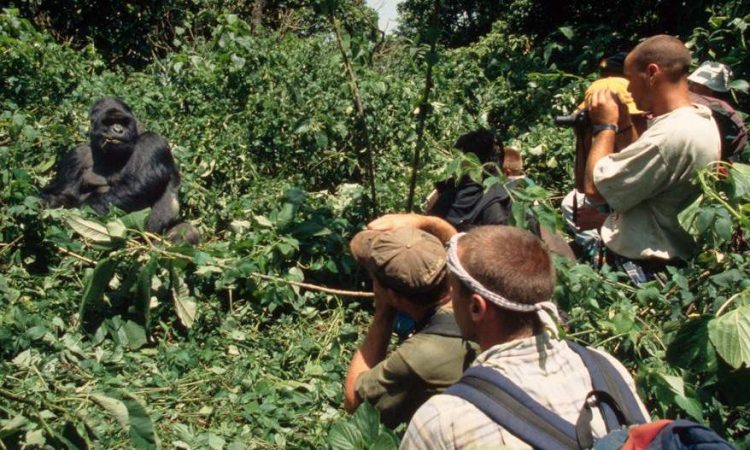
Gorilla habituation ranks as the second most popular activity among the top eight activities in Bwindi Impenetrable National Park. Gorilla habituation occurs in the Rushaga sector of Bwindi. During gorilla habituation, passengers will traverse the dense forest with scientists, gathering data and acquiring information concerning the mountain gorillas and their specific family group. Upon seeing the gorillas, travelers get the opportunity to spend a total of 4 hours with them. During this time, they can observe and learn about the activities of the gorilla family, as well as engage with them. In Rushaga, there are currently two gorilla families undergoing habituation. As a result, only eight permits are available each day for anybody interested in participating in gorilla habituation. Please note that only four individuals are allowed per gorilla family during the habituation process. Prior reservation is also necessary to guarantee one’s permit. The cost of gorilla habituation permits is $1500 for foreign non-residents, $1000 for foreign residents, and ugx750,000 for East African citizens.
Bird watching
Bird viewing is ranked among the top 8 activities in Bwindi Impenetrable National Park due to its status as a haven for birds in this impenetrable jungle. Bwindi is home to approximately 350 bird species, out of which 23 are exclusive to the Albertine Rift and 14 have only been observed within Bwindi and nowhere else in the country. Travelers in the park should keep an eye out for several bird species such as the African Green Broadbill, which is exclusively found in the Ruhija sector and the Congo, as well as the short-tailed warbler, blue-headed sunbird, and Rwenzori night jar, among numerous others, during their bird-watching expedition. Ensure that you bring your binoculars with you.
Bwindi is renowned for its exceptional biodiversity, encompassing a wide variety of trees, plants, butterflies, and birds, making it the most abundant forest in East Africa. The forest provides habitat for 400 plant species, 350 bird species, and 120 animal species. While Gorilla trekking is the primary activity, the forest also offers bird enthusiasts the opportunity to observe many bird species. This has established Uganda as one of the top locations for bird lovers in Africa.
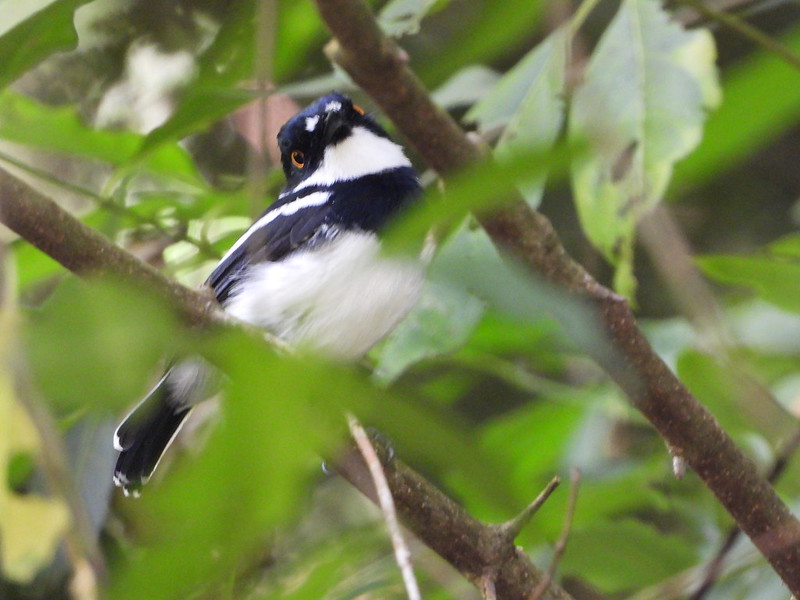
Batwa cultural experience
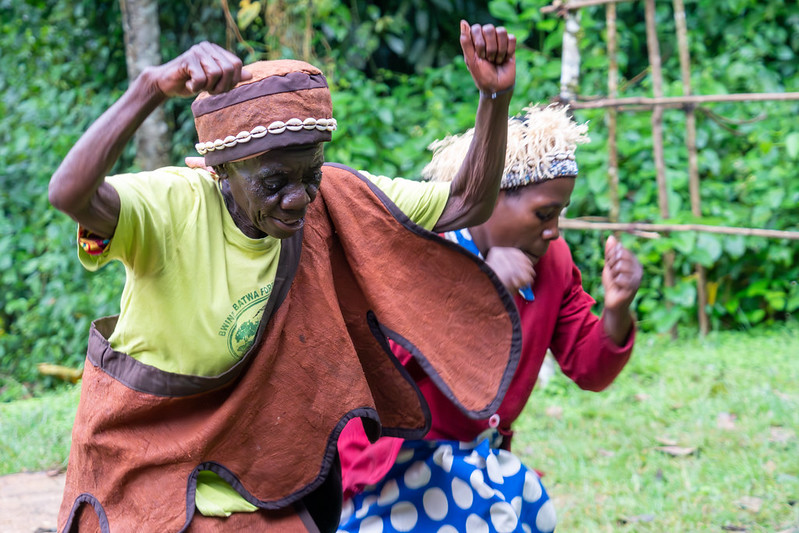
The Batwa cultural experience in Bwindi Impenetrable National Park is a popular attraction in Uganda. This national park, located in the southern part of Kanungu district, is known for its high visitor numbers. Bwindi Impenetrable National Park is renowned for its role as a sanctuary for the critically endangered mountain gorillas, making it a prominent tourist destination in Uganda. Prior to the gazetting of Bwindi forest as a national park, the batwa/pygmies inhabited the area. Subsequently, they established the captivating batwa cultural experience, which serves as a means to enlighten both their children and visitors about their traditional practices, culture, and legacy. The Batwa cultural experience in Bwindi Impenetrable National Park commences with a guided nature walk through the forest, which was once their habitat. During this cultural encounter, you will be accompanied by Batwa guides who will demonstrate their hunting techniques for small game, showcase their gathering skills, exhibit their traditional dwellings constructed from trees and grass, provide a tour of their ancestral homestead, share ancient stories and traditional songs, offer a taste of their authentic meals prepared by Batwa women.
Forest walk
Bwindi offers a plethora of attractions outside gorilla tracking. In addition to well-known activities like mountain gorilla trekking, birdwatching, and trekking or hiking, visitors to Bwindi Impenetrable National Park can also partake in captivating nature walks. There are five distinct day-trails, varying in duration from 1 to 8 hours, which provide the chance to experience the peacefulness of the forest and observe various monkey species. Approximately 190 avian species have been documented in this region, with 10 of them being either included in the Red Data Book or exclusive to the Albertine Rift.
Buhoma is situated on the northern periphery of the rainforest, while Nkuringo is located on the southern periphery, in close proximity to the town of Kisoro. The journey from Buhoma to Nkuringo typically lasts around 7—8 hours, with the duration varying based on road and weather conditions. However, a more enjoyable option to consider is hiking through the rainforest.
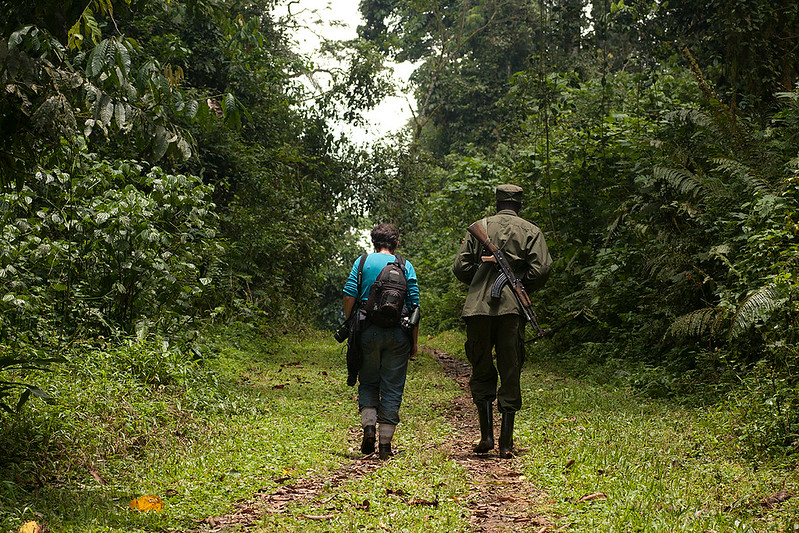
Mountain Biking
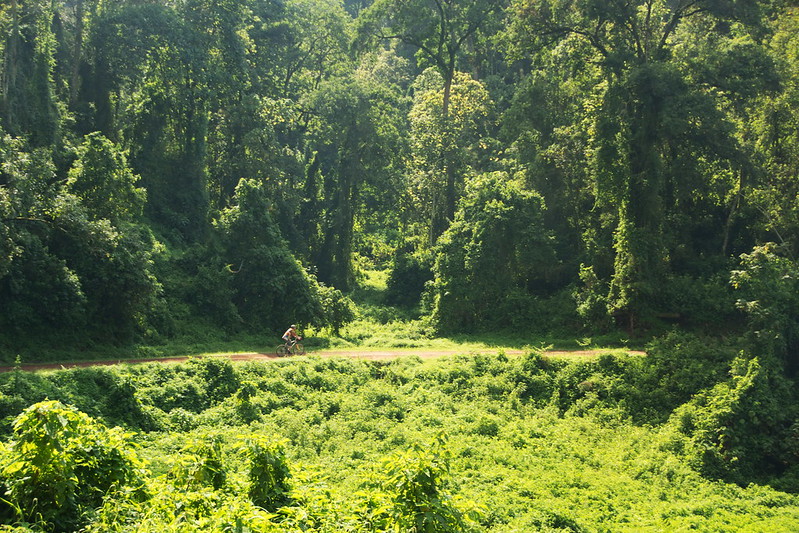
Mountain biking in Bwindi is a thrilling pastime that takes you into and around the Impenetrable forest, which is the natural habitat of Mountain gorillas. The Bwindi mountain biking expedition is coordinated by Buhoma Community Rest Camp in collaboration with the Ride 4 a Woman group. The ride traverses the route from Buhoma to the Ivy River, allowing participants to discover numerous captivating treasures along the way.
The guided bike trip lasts approximately five hours and offers the opportunity to observe breathtaking landscapes, various tree species, and potentially encounter a gorilla family wandering near the forest’s perimeter, if fortunate. Additionally, one may also spot a variety of bird species, among other attractions. Having an expert tour guide enhances the experience by ensuring that no crucial facts or sights are overlooked, such as the traditional healer who utilizes plants for medicinal purposes. Engaging in mountain bike riding in Bwindi is a means of providing assistance to the community, particularly the Ride 4 a Woman organization, as the funds donated are utilized for community development.
Visit lake Mutanda
Lake Mutanda is renowned for its exquisite beauty and picturesque landscape in Africa, characterized by a tranquil atmosphere, refreshing air, and pleasant environment, which offer awe-inspiring and captivating views. Additionally, it serves as a perfect starting point for gorilla trekking due to its proximity to Uganda’s Mgahinga Gorilla National area. This area is a sanctuary for endangered mountain gorillas, as well as a haven for volcano hikers, bird enthusiasts, and others seeking a remote natural setting. Lake Mutanda is located in close proximity to mountain gorillas, specifically to the south of the Nkuringo sector. This sector is one of four sectors in Bwindi national park where travelers have the opportunity to interact with the majestic “mountain gorillas.” This encounter is often considered the most memorable aspect of a tour in Uganda. Explore the exquisite beauty of one of Africa’s most captivating lakes, an experience that will undoubtedly leave a lasting impression. This remarkable destination also serves as an ideal starting point for unforgettable gorilla trekking expeditions. Activities such as volcano mountaineering, gorilla trekking, bike riding, experiencing the Batwa routes, lounging by the lake, bird watching, swimming, hiking around Lake Mutanda, and climbing are offered at Lake Mutanda.
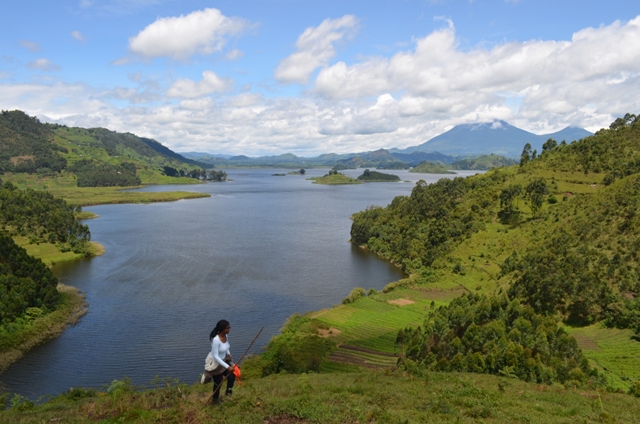
Best time to visit Bwindi Impenetrable National Park
The best time to visit Bwindi Impenetrable National Park is during the months of June to August and December to February, as these periods offer the best opportunities for animal watching and gorilla adventure safaris. However, the park is convenient for visitation and these activities can be enjoyed throughout the year. During this period, precipitation is reduced, and the woodland paths are neither obstructed or slick. The arid periods occur from June to August and from December to February. The months of March to April and September to November are typically characterized by precipitation, making them conducive for observing avian species.
The best time of the month to visit bwindi impenetrable national park are in August and December to February, as these months offer drier trails and facilitate easier gorilla trekking. The period of highest demand is often observed from June to September. The months of March, April, May, October, and November are considered low season or rainy season, resulting in the closure of several campgrounds and lodges. Optimal months for favorable meteorological conditions include June, July, and December to February, characterized by reduced precipitation. The most unfavorable weather conditions are from March to May and from September to November, characterized by severe rainfall that renders routes harder to travel.
Top recommended packages to visit Bwindi Impenetrable National Park
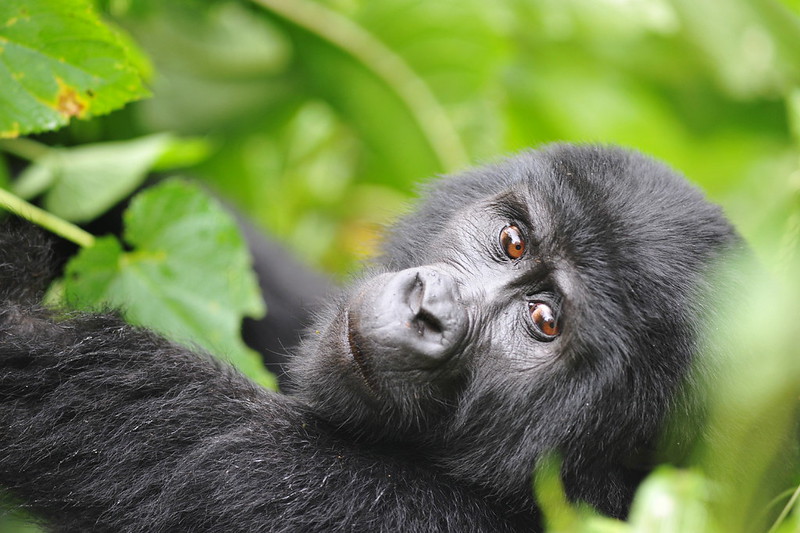
3 days gorilla trekking in bwindi national park
The 3 Days gorilla trekking in Bwindi offers a fascinating expedition through the remote jungles of East Africa, promising an unique and extraordinary gorilla tour experience in bwindi forest
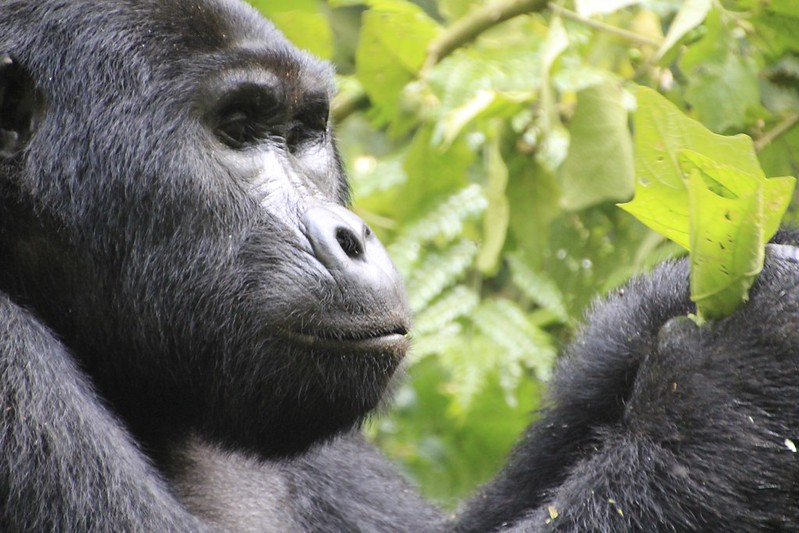
4 days luxury Gorilla Trekking and Lake Bunyonyi Tour
If you are looking for a high-end experience of gorilla trekking in Bwindi, then the 4-day luxury tour is ideal for you. Your stay in Bwindi Impenetrable National Park, situated in the southwestern region of Uganda.
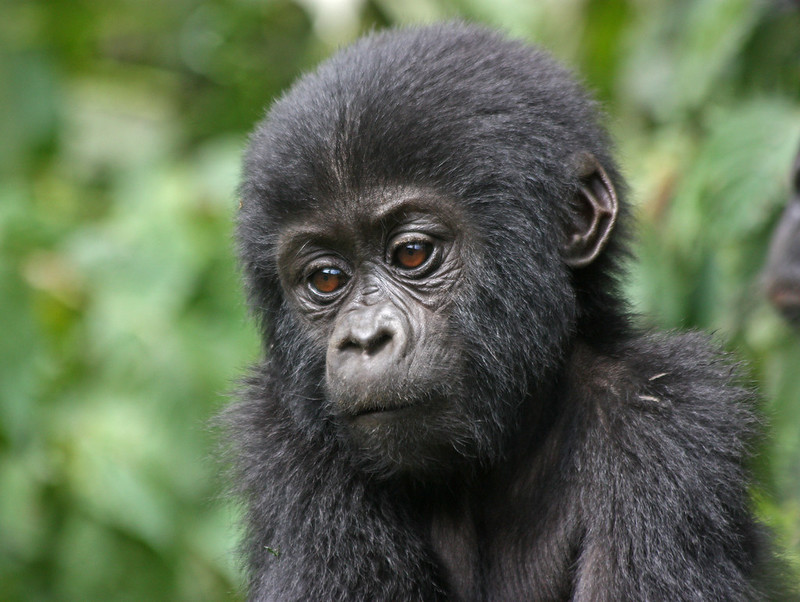
5 days gorilla trekking & wildlife safaris
The 5-days gorilla trekking & wildlife Safari offers a captivating expedition to two of Uganda’s renowned national parks: Bwindi Impenetrable National Park and Queen Elizabeth National Park.
How to get to bwindi impenetrable national park
Directions to Bwindi Impenetrable National Park: To reach Bwindi Impenetrable Forest National Park for a vacation, you must first arrive at either Entebbe International Airport or Kigali International Park. Kigali serves as a convenient entry point to the south-western region of Uganda, home to the renowned Bwindi Impenetrable Forest National Park and Mgahinga Gorilla National Park. These two sites are highly sought-after and considered top-tier gorilla habitats in Uganda, often referred to as the “pearl of Africa.” The optimal means of reaching Bwindi Impenetrable Forest National Park is either by land or by air.
Accessing Bwindi Impenetrable National Park
The majority of gorilla safaris to Bwindi Impenetrable National Park typically commence from either Kampala or Entebbe. Bwindi may be accessed from QENP in the northern direction, which takes approximately 2-3 hours. Alternatively, it can be reached from Kabale in the southern direction, which takes around 1-2 hours. Another option is to go from Kampala via Mbarara, which takes approximately 6-8 hours. The roads intersect in Butogota, which is located 17 kilometers away from the Buhoma entrance gate. A 4×4 vehicle is advisable during the rainy season. The distance and route to Bwindi Forest National Park for Gorilla trekking is approximately 9 to 10 hours by road and around 1 hour and 30 minutes by flying safari.
By road,
there are several routes to reach Buhoma. One option is to travel from Queen Elizabeth National Park to Kihihi and then continue to Buhoma, which takes approximately 3-4 hours. Another option is to drive from Kampala through Mbarara town, which takes about 9-10 hours. Alternatively, you can take the route from Kampala through Kabale, Kanungu, and Buhoma, which also takes 9-10 hours. Another option is to travel from Kampala to Ntungamo, then to Rukungiri, Kihihi, and finally Buhoma, which takes approximately 9-10 hours. Lastly, you can drive from Kampala to Kabale and then to Nkuringo, which takes about 10 hours. A 4×4 vehicle is necessary for the travel due to the presence of rain and mud, particularly during the rainy seasons. To utilize the public local bus, one can embark on a bus journey from Kampala to the southern part of Bwindi National Park through the towns of Mbarara, Kabale, and Kisoro. Alternatively, one can travel from Kampala to the northern region of Bwindi via Mbarara, Ntungamo, Rukungiri, and Kihihi to Butogota. Visitors should exercise caution regarding thieves while using public buses and ensure that their things are kept secure and within close proximity at all times.
By air
There are two choices for flying to Bwindi Impenetrable Forest National Park: either from Entebbe International Airport or Kajjansi Airfield near Kampala to Kisoro Airstrip. This option is for those who are tracking Mountain Gorillas in the southern sector of Rushaga and Nkuringo. Alternatively, for those tracking Gorillas in the northern sector of Buhoma, they can fly to Kihihi Airstrip. Regular road travelers get the opportunity to explore the countryside and appreciate the scenic splendor and lush greenery of the country. For comprehensive guidance on reaching Bwindi Impenetrable National Park in the southwestern region of Uganda, please reach out to Great Adventure Safaris.
